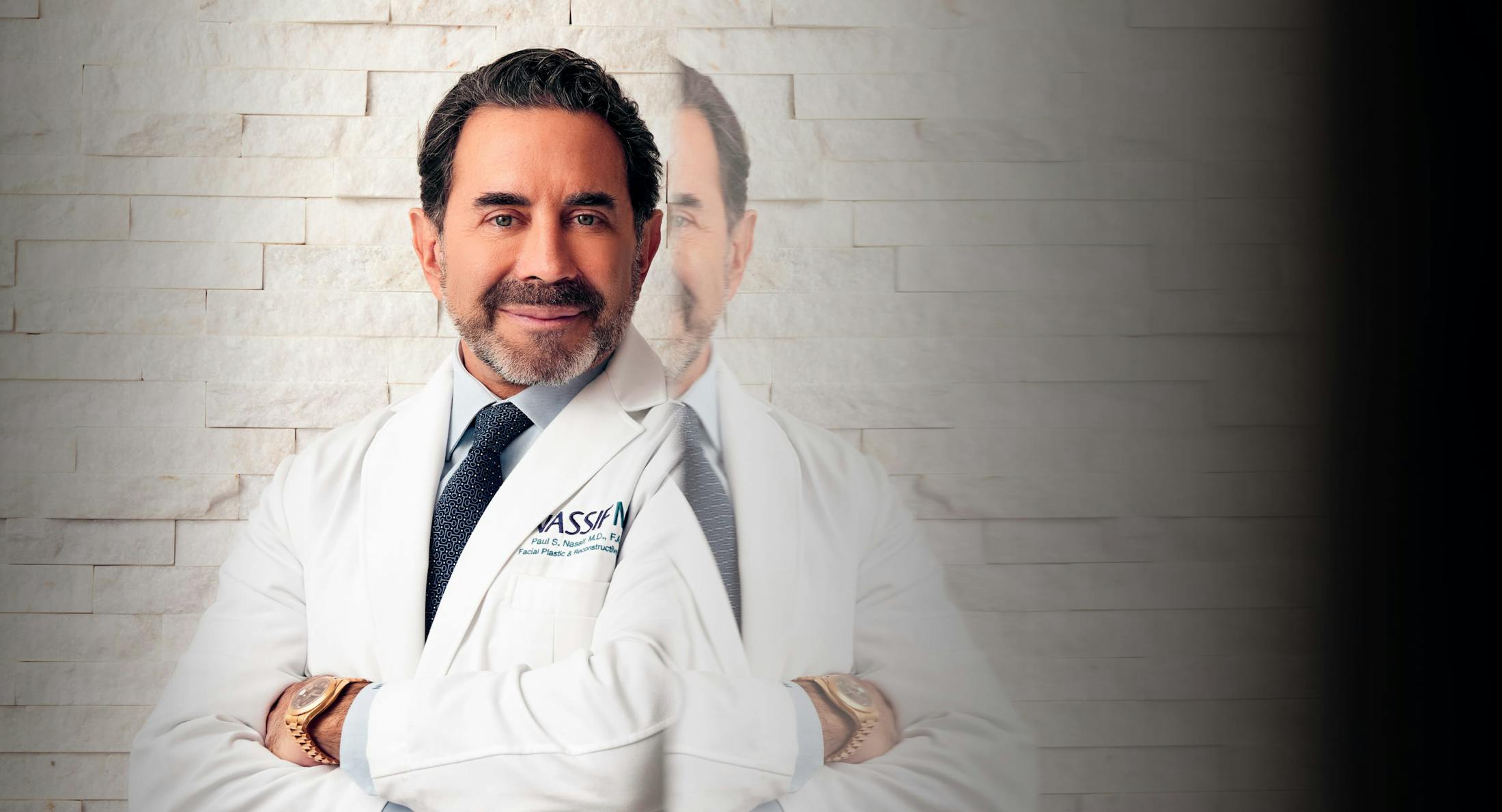A facelift is one of the most common plastic surgery procedures performed each year in the United States, and with good reason – our face is literally the visual representation that we present to the world, and is by no means immune to the effects of time and gravity.
How does a facelift really work?
The short answer is that a facelift works by readjusting facial tissues that have slipped down due to aging and gravity, sometimes removing excess skin, to give the face a younger, smoother, appearance. The longer answer is that the term “facelift” does not refer to one specific procedure, but rather to a group of surgical options that seek to remedy similar issues. A traditional facelift, known also as a SMAS facelift, tightens both the skin and the layer of muscle immediately underneath the facial surface. A deep plane facelift, on the other hand, involves the repositioning of deeper layers of tissue for an even, more natural appearing and long lasting result. A physician familiar with your medical background and aesthetic goals can help decide which option is best for you.
Can’t I get the same results with a nonsurgical option?
Not really. It’s true that a lot of nonsurgical options exist as alternatives to the surgical facelift, and these procedures can be helpful in minimizing or slowing down the effects of aging. However, the results associated with injections, laser treatments, and chemical peels simply aren’t as long lasting. Many patients use nonsurgical alternatives to help delay the need for an actual facelift, but the effects don’t last forever. Oftentimes, we will pair a facelift with another treatment option (such as laser resurfacing) to maximize your outcomes.
I’ve already had a facelift, but I’m not happy with the results. Can you help?
Absolutely! Dr. Paul Nassif is well known and widely recognized as a leading figure in the plastic surgery community, and a large part of his popularity is due to his skill at performing corrective procedures for patients that have had a negative experience with cosmetic surgery. At NassifMD Plastic Surgery® we know how disappointing it can be to undergo such a procedure, only to end up with results you’re unhappy with. We will take great care to ensure your comfort throughout your engagement with us and to make sure you have a clear understanding of what results can be realistically expected.
How long will it take to recover?
It depends on the person and the specific procedure used, but most patients are able to resume regular activities within a few weeks. At this time, swelling visible to others will have subsided, though you may continue to feel a small amount of swelling for several more weeks as your body heals.


